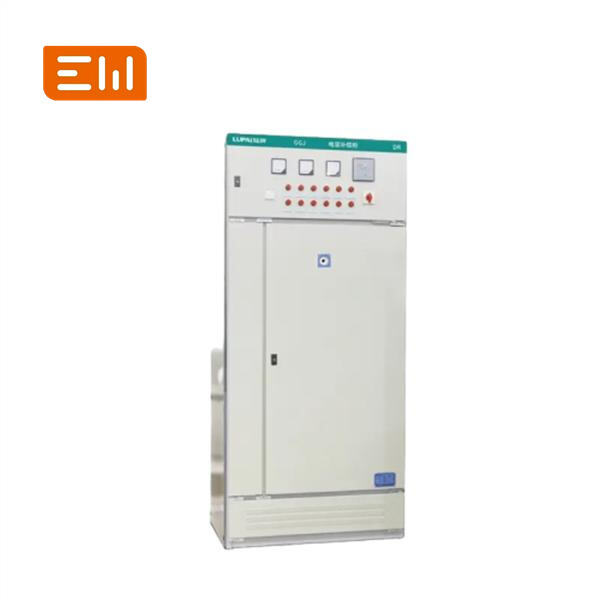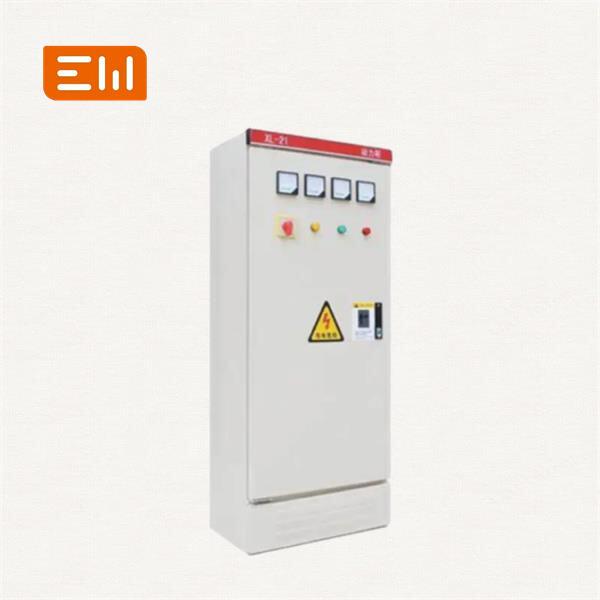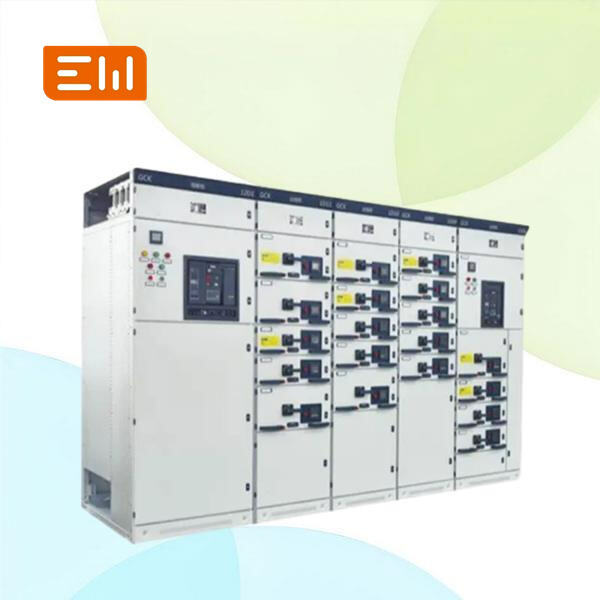Medium voltage switchgear is a little like Batman without the armor, it gives power to lots of different heroes by managing the flow and blocking bad guys from running a muck. It may look difficult, but, in reality it is quite easy when you get a basics. Lets take a quick swim in medium voltage switchgear shall we?
Medium voltage switchgear is a fancy way of saying a device that helps sort where the electricity in a building goes between the power source and delivers power to an electrical equipment. It behaves like a traffic light to help guide electricity to where it should go, protecting the equipment from hazards along the way.
Medium voltage switchgear is one of the most important protection and control components in the electric power distribution system. Just think about what would happen if you didn’t have switchgear — electricity would run wild and ruin your equipment, or maybe even start a fire! Which, of course, is why adequate switchgear is so important to keeping the trains moving on time.
There are various types of medium voltage switchgear available, all with different capabilities and features. Some of the more usual types are air insulated switchgear, gas insulated switchgear, and solid insulated switchgear. Every type has its own characteristic and is used for specific purpose that commensurate with space or environmental circumstance.

Present medium voltage switc-hgear systems are equipped with a number of features which enable the system to operate more efficiently and reliably than in the past. As an example, they may be made smaller and more easily removable to save space and costs. They also have cutting-edge monitoring and control systems that can quickly pinpoint and fix problems and ensure a steady flow of electricity.

Troubleshooting and Maintenance of Medium-Voltage Switchgear Operating Practices to Minimize Best v Practice — Front Matter (6/26/08 10:29 AM) NFS Form 0245 National Park Service OMB Approval No.

Just like any superhero, medium voltage switchgear requires routine maintenance to be the best it can be. Which includes looking out for any damage, testing the circuits and cleaning it to avoid collecting dust. Troubleshooting should be done to rectify any problems so that there will be no interference with the flow of electricity.